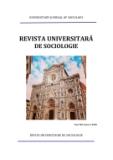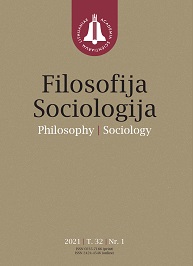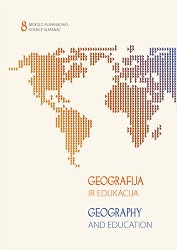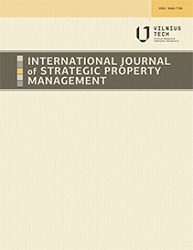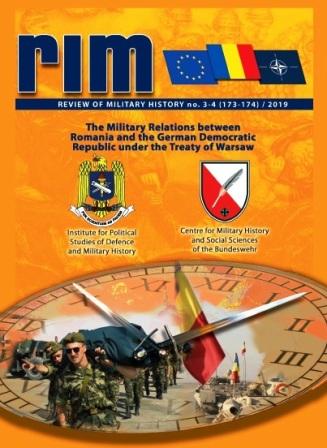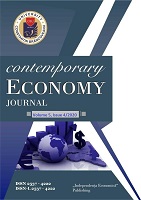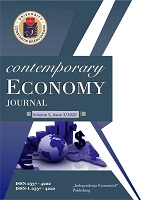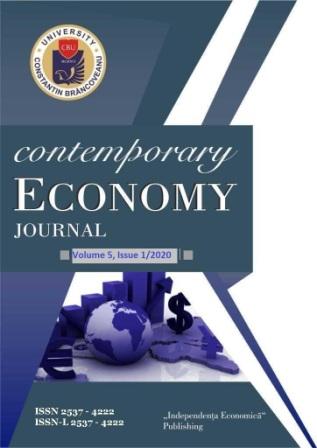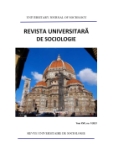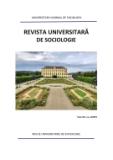
TIME WORK FOR ORGANIC WINE CONSUMERS IN ROMANIA. FROM CELEBRATORY TO CUSTOMARY
This study tracks the social construction of time narratives in social media posts of marketers of organic and biodynamic wine. It attempts to elucidate how time cues and storytelling offer motives that can convince the emerging clientele of discerning customers. The study hence aims to discover time-related narrative affordances that underlie organic wine purchasing decisions. A total of 42 marketers’ texts, 211 hashtags and 26 blog posts belonging to a total of 14 organic and biodynamic wine makers were selected using netnography and grounded theory, following criteria of visibility and attractiveness. The thematic analysis yielded 7 categories of time narratives. The findings section reveals their dimension as sense-making rhetoric devices and drivers of buying decisions. These temporal cues capture a forlorn time infused when winery was a craft, not an industry and portray wine as nostalgic forget-me-not, mental postcard and moment-catcher in the temporal scaffolding of holidays, as well as everyday occurrences. Posts construct organic wine as savoir-vivre and wine lovers as bon viveurs, in relationship to the application of time-proof routines and know-how. With organic wines associated to slow living and foodie activism, time narratives as projects of moral authentication are presented. The empirical investigation offers input to organic wine marketers who select the style and wording of their promotional rhetoric to persuade consumers to pass from celebratory, occasional buying to steady commitment. It discusses time narratives that singularize authenticity as drivers of brand distinctiveness and differentiation.
More...
